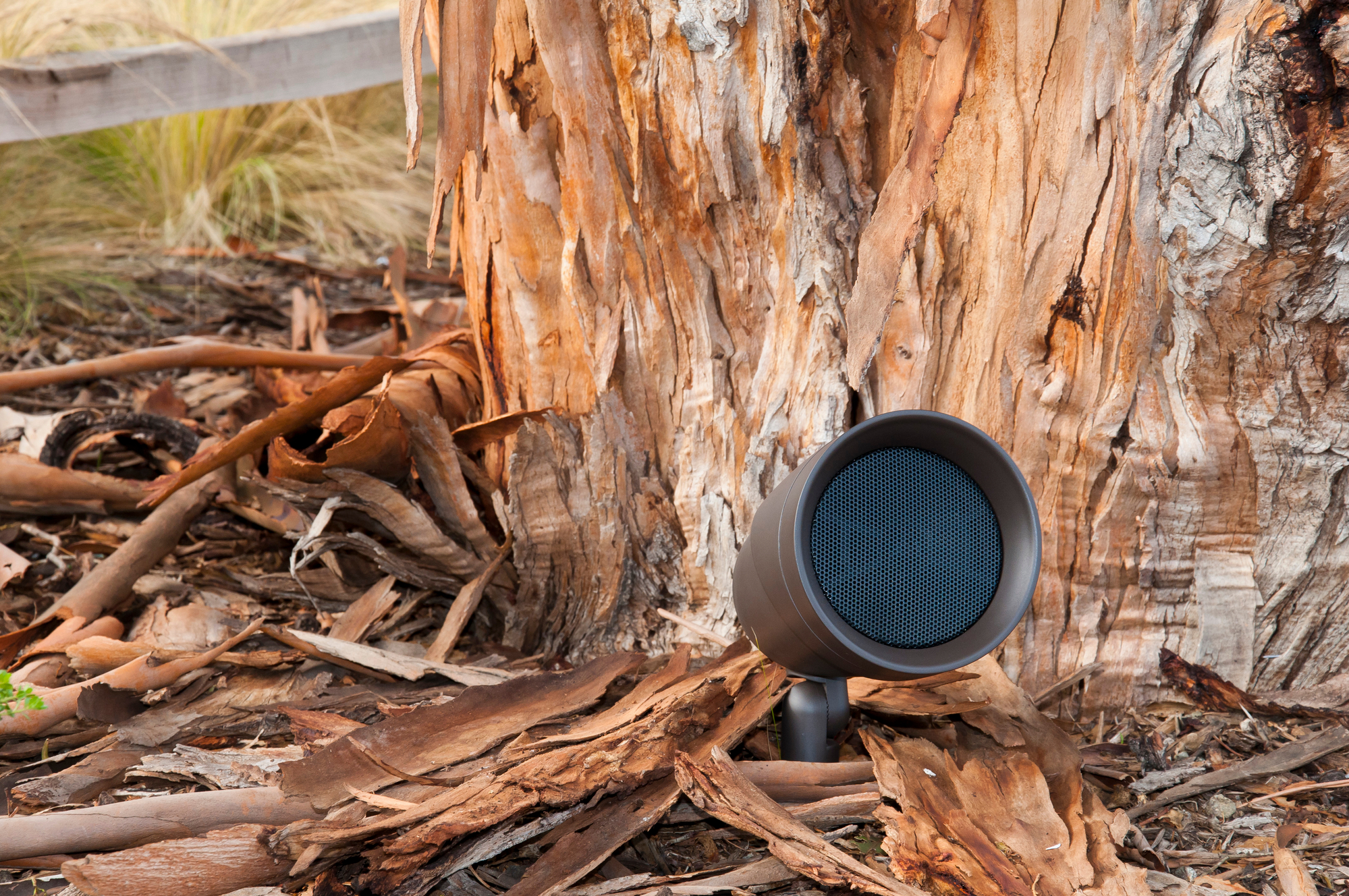Living a Greener Lifestyle in Eco-Friendly Smart Homes
How Smart Technology Can Enhance Sustainable Living
As the awareness of ecological challenges increases, more people than ever are exploring how to live more sustainably. One of the rapid advancements in the drive to reduce our impact on the earth and the environment is eco-friendly smart homes. This increasingly hot commodity is gaining momentum from the Northern reaches of Alaska to Houston, TX.
So, how can a smart home help reduce a home’s ecological footprint?
Smart homes use less energy due to the automation systems that communicate with all connected devices. While smart homes are highly technical, today, they are also highly green. Let’s explore how smart home living supports an eco-friendly lifestyle.
SEE ALSO: Create a “Wellness-Optimized” Lifestyle with Smart Home Technology
A Connected Home
In a traditional home, you flip a switch, and the lights turn on. When it starts getting warm, you reset the thermometer. And, when the sun’s direct rays cause glare and solar heat gain, you close the shades.
In a smart home, all these things are done for you. Lighting, shades, and climate adjust automatically, reducing your home’s energy consumption.
In the morning, the shades open, letting in the early morning sunlight. As the Texas sun grows hotter, these shades close in South-facing rooms, reducing direct sunlight and the associated heat. In response, the lights brighten in occupied rooms, maintaining the perfect illumination.
In North-facing windows that provide diffuse natural light and little heat gain, these shades remain open, taking advantage of daylight and reducing the reliance on electrical light.
According to the US Department of Energy, over 75% of the sunlight on windowpanes enters a home as heat. During the winter, about 30% of a home’s heating energy is lost through windows. The efficient use of smart window coverings goes a long way in reducing energy usage.
Automated Programming
A smart home automatically creates a more sustainable environment through sensors and automated programming. For instance, the lights automatically turn off when everyone leaves a room. Leave your house for the day, and it sets itself to eco-mode, adjusting the thermostat, lowering the shades, and turning off all the lights.
With heating and cooling accounting for over 50% of a home’s energy usage, the smart use of thermostats can significantly affect energy consumption.
Remote Capabilities
How often have you left your home and forgotten to adjust the thermostat or turn off the lights? If you’re an average human, it’s probably been more times than you can count.
A smart home lets you manage these systems from anywhere via your mobile device. Tap an icon to lower every shade and turn off all the lights.
Illuminating Your Home with Smart LEDs
The DOE reports that LED lights use up to 75% less energy and last about 25 times longer than traditional incandescent bulbs. Today’s advanced LED lighting systems offer reduced energy consumption and remarkable technologies that elevate your home’s design while creating a healthier environment.
And we’ve only scratched the surface.
At Relative Home Systems, we partner with industry leaders in home automation and sustainability. We design, engineer, install, and program customized eco-friendly smart homes, elevating everyday living while helping people live a more sustainable lifestyle. To learn more or to schedule a complimentary consultation, contact Relative Home Systems today.



